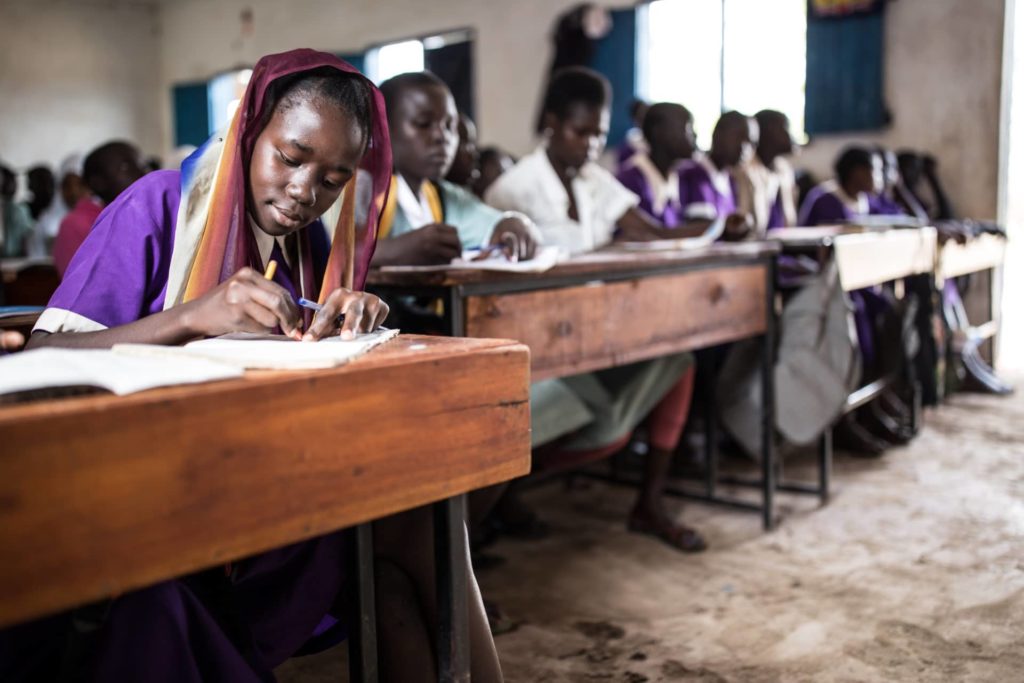
What Works for Girls’ Education
Evidence and Lessons Learned from our Programming in Kenya
A recent study by UNHCR on education for refugees reports that fewer than one in four refugee adolescents are currently enrolled in secondary school. Though hard to imagine, the situation is even worse in low-income countries, where the majority of refugees live and where fewer than one in ten refugee adolescents are enrolled.
Refugee girls are even more likely to be left behind. For every ten refugee boys in primary school, there are only eight refugee girls. At the secondary level, for every ten refugee boys there are fewer than seven refugee girls.
The report concludes with several important calls to action for the global community. Two that resonated with us in the context of our programming in Kenya are:
- A holistic approach to supporting education systems in refugee hosting countries.
- Wholehearted support for teachers, including suitable pay, the right materials in sufficient quantities, and expert assistance.
Over the past five years, both of these principles have guided our efforts to advance girls’ access to quality education in refugee camps and contexts in Kenya.
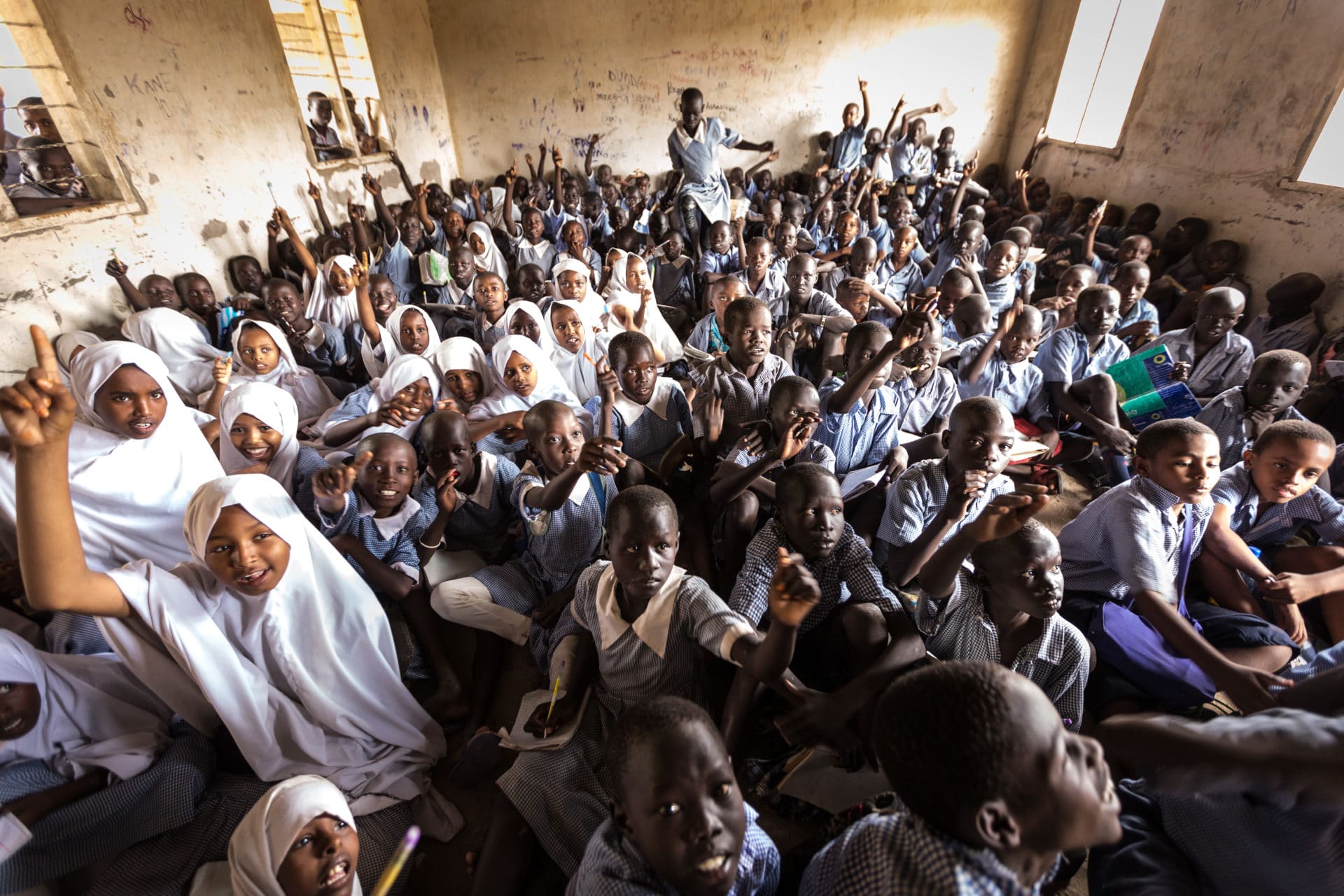
According to UNHCR, for every ten refugee boys there are eight refugee girls in primary school and fewer than seven refugee girls in secondary school.
The Barriers to Refugee Girls’ Education in Kenya
In refugee camps and surrounding host communities in Kenya, harmful attitudes, social norms, and gender stereotypes have resulted in the devaluing of girls’ education. Many parents do not believe that there will be a return on the investment of sending a girl to school.
Yet the benefits of girls’ education are undeniable. When a young girl is educated, she is more likely to wait for marriage and have fewer children, improving health and economic outcomes for her family. Her community and country also benefit as each additional year of schooling can increase her future earning by 10 to 20%.
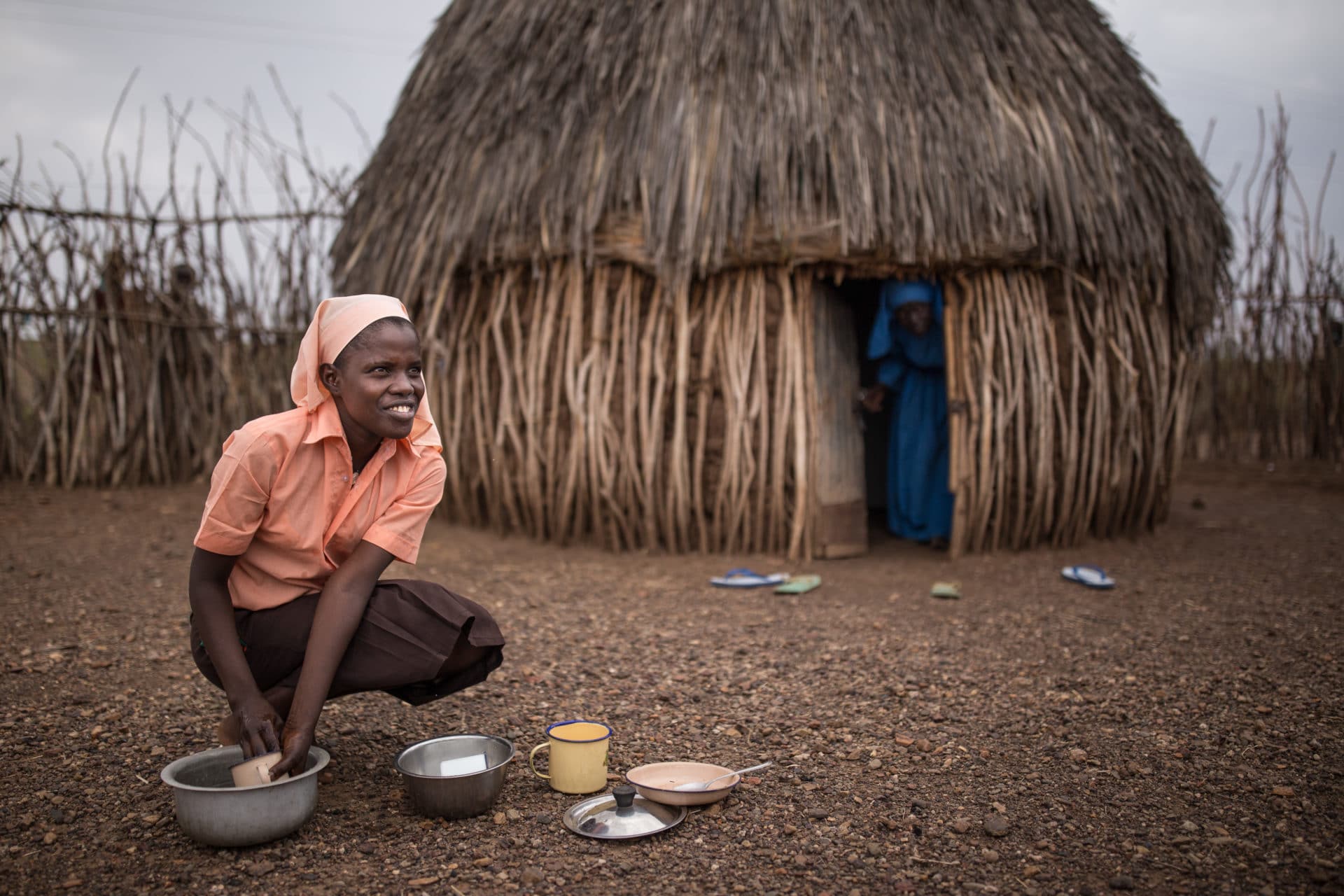
Girls face many barriers to education, including an unfair burden of family responsibilities and household chores.
WUSC’s Holistic Response for Girls’ Education
Girls living in the Dadaab and Kakuma refugee camps have education indicators that are significantly lower than the national average. This is also true for girls who live in the surrounding host communities in the Garissa and Turkana counties. For example, while the national average of girls’ secondary school enrolment is 48% in Kenya, it is only about 20% in the camps.
WUSC has been working in these regions to address both the supply- and demand-side challenges to girls’ education. We seek to improve the accessibility and quality of education available to girls while increasing the overall demand for quality education among the communities.
We have been addressing these challenges through three primary areas of intervention:
- Targeted support for female learners. This includes remedial classes, guidance and counselling, and scholarships for secondary education.
- Girl-friendly learning environments. This includes ensuring relevant learning materials are available in the classroom, more private washrooms, and teacher training (in gender-responsive pedagogy and large classroom management).
- Parent and Community Support for Girls’ Education. This includes engagement of community mobilizers, multi-media campaigns, and working with men and boys.
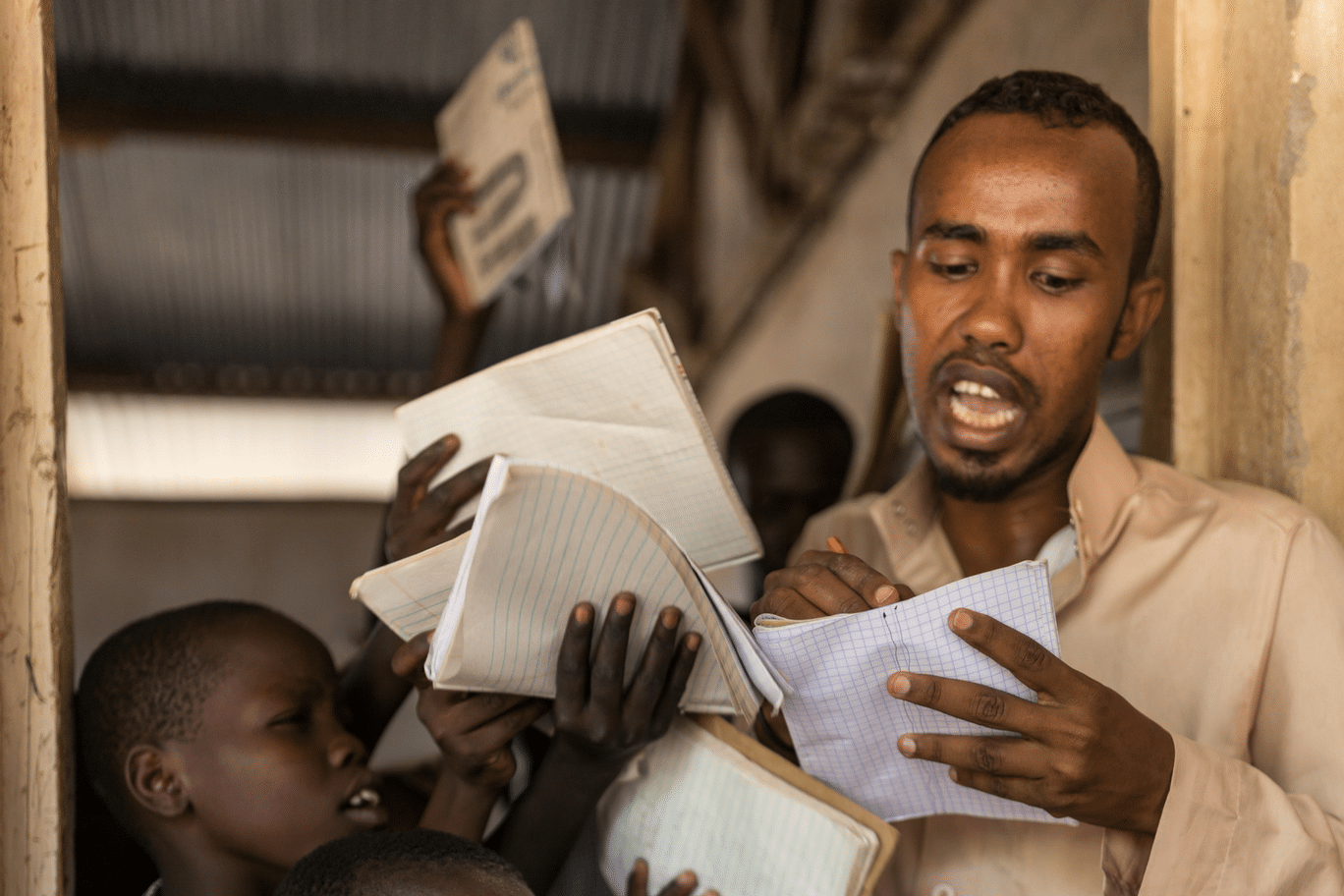
In Kenya, schools are overcrowded and under-resourced. Training teachers to transform their classrooms into more girl-friendly spaces has been an important element in addressing the supply-side barriers to girls’ education.
Results from the First Five Years
As we wrapped up our first phase of this initiative earlier this year, an external evaluation shows promising trends. By taking a holistic approach in our work, we have improved access to quality education for over 16,000 girls. We have also indirectly supported an additional 30,000 boys to gain the education they deserve.
On average, we witnessed a 65% increase in mean literacy scores since this initiative first began. Students who were in grade six at the beginning of this work received the greatest duration of support. They also showed the most consistent improvement.
Girls’ enrolment reportedly increased from 75.9% to 91%, according to results of household surveys. However, it is important to recognize that enrolment figures in low-income countries are difficult to track. This is especially true in refugee contexts where schools are incredibly resource-strapped and where families move frequently, even within the camps.
While we are encouraged by these results, much more work remains to be done. Sustainability in refugee contexts is much more difficult maintain. Funding for public services come from a patchwork of sources as communities and governments seek more sustainable solutions to displacement. This means resources are often very unpredictable year by year.
In the coming years, we will be working more closely with local partners to promote local ownership, including the Government of Kenya’s Teacher Advisory Centres. We will also continue to amplify our message of the importance of girls’ education through our community engagement initiatives. As we look ahead to the next phase of this work, sustainability will be an important guiding principle across our efforts.
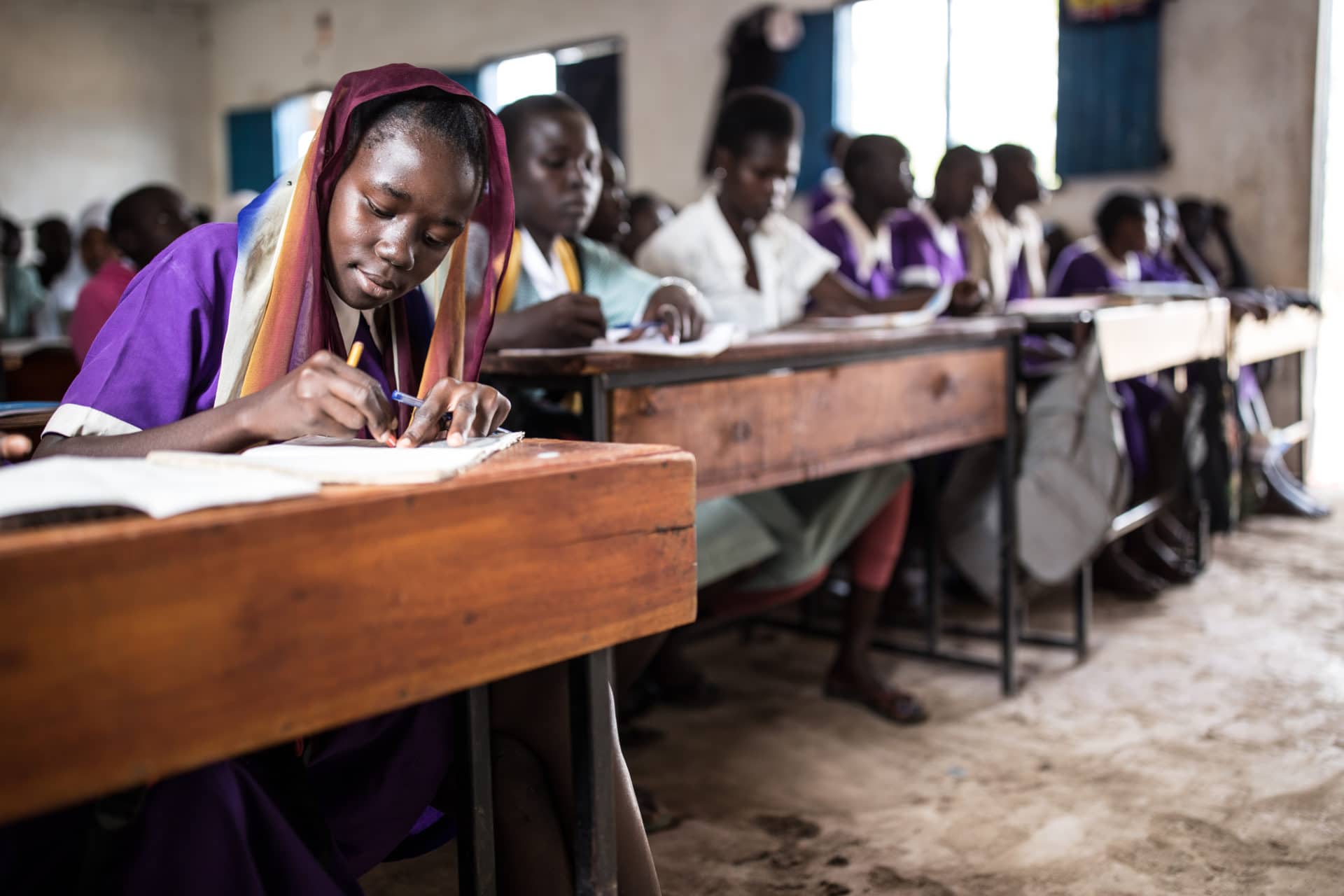
The first phase of our in-camp programming has demonstrated important gains for girls’ education. However, much more work remains to be done.
This work has been funded by UK Aid’s Girls’ Education Challenge Fund. It was implemented by WUSC in partnership with Windle International Kenya. Phase I of this initiative began in 2013 and ended in March 2017. Phase II will operate from April 2017 to March 2022.
WUSC works to create a better world for all young people. To learn more, start here or subscribe to get highlights straight to your inbox. Interested in volunteering internationally? View our current opportunities. Looking for a new career opportunity? Check out our current job openings. Or show your support for our cause by making a donation.
